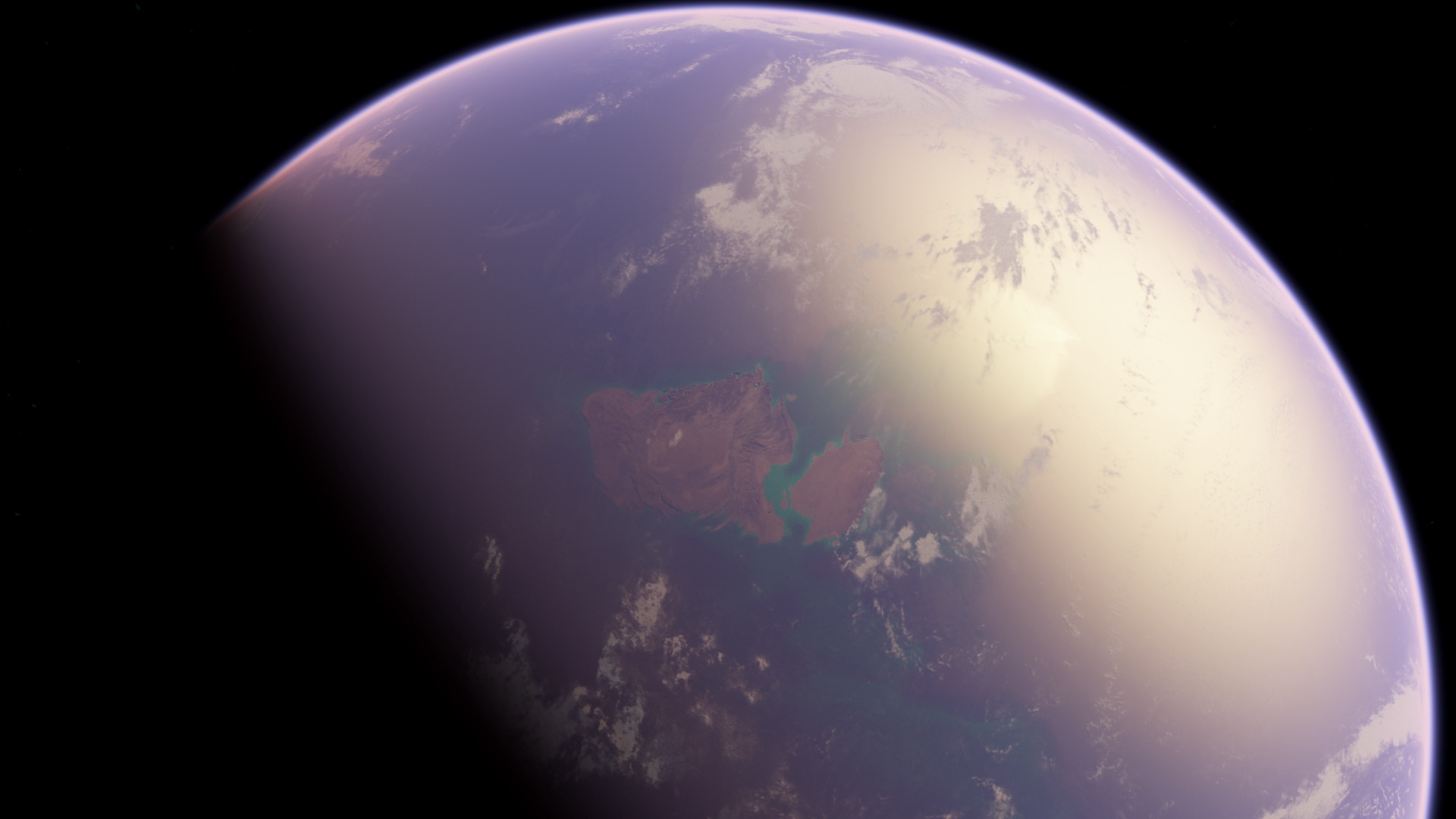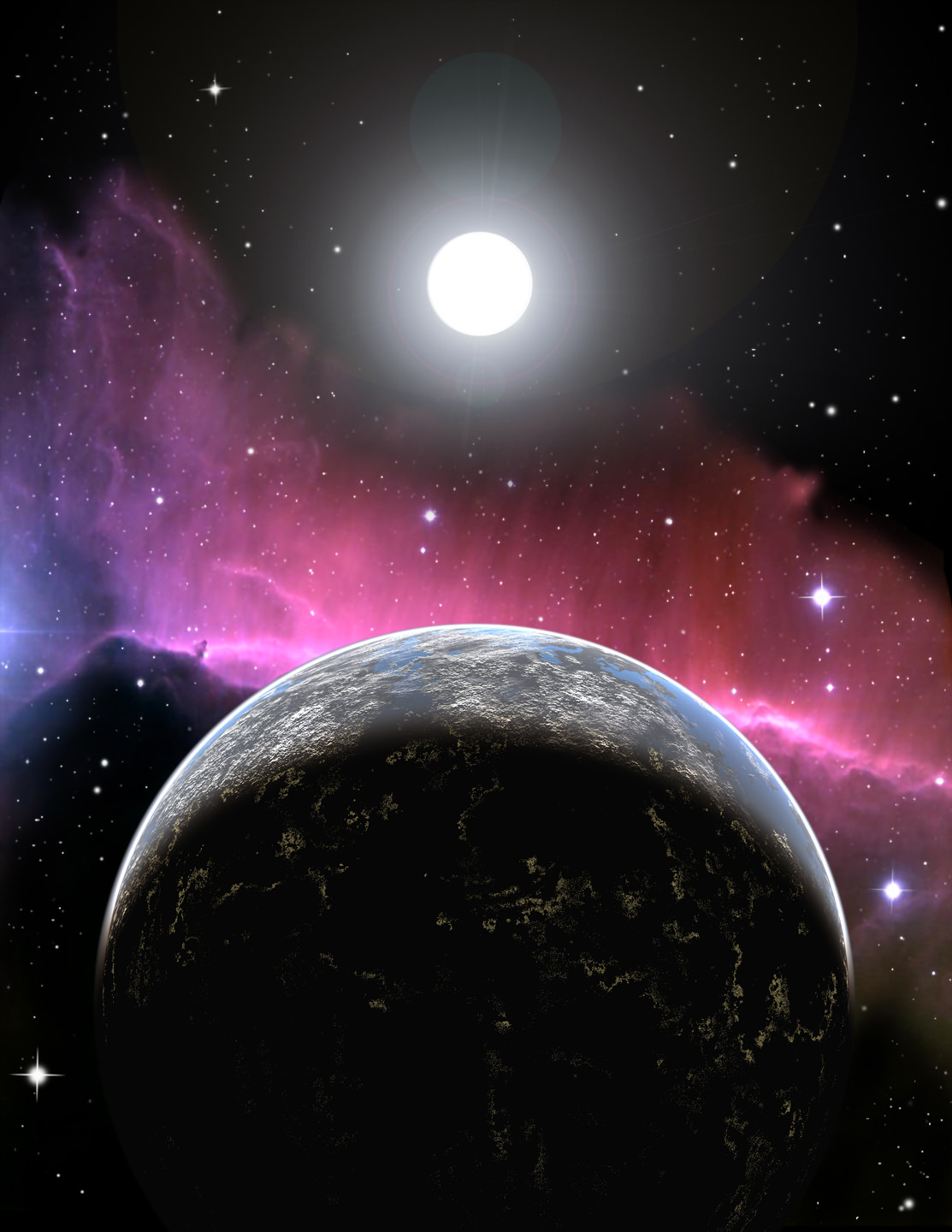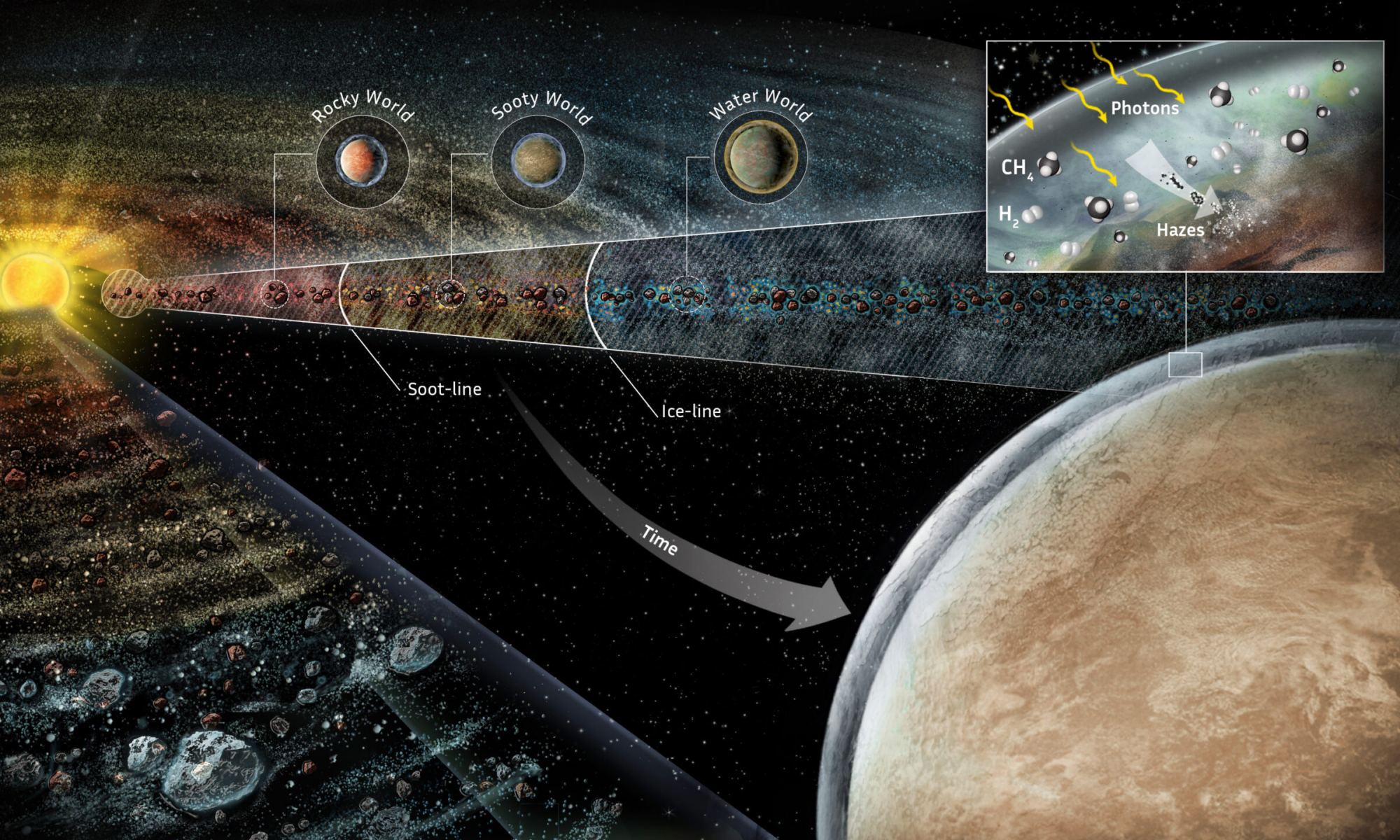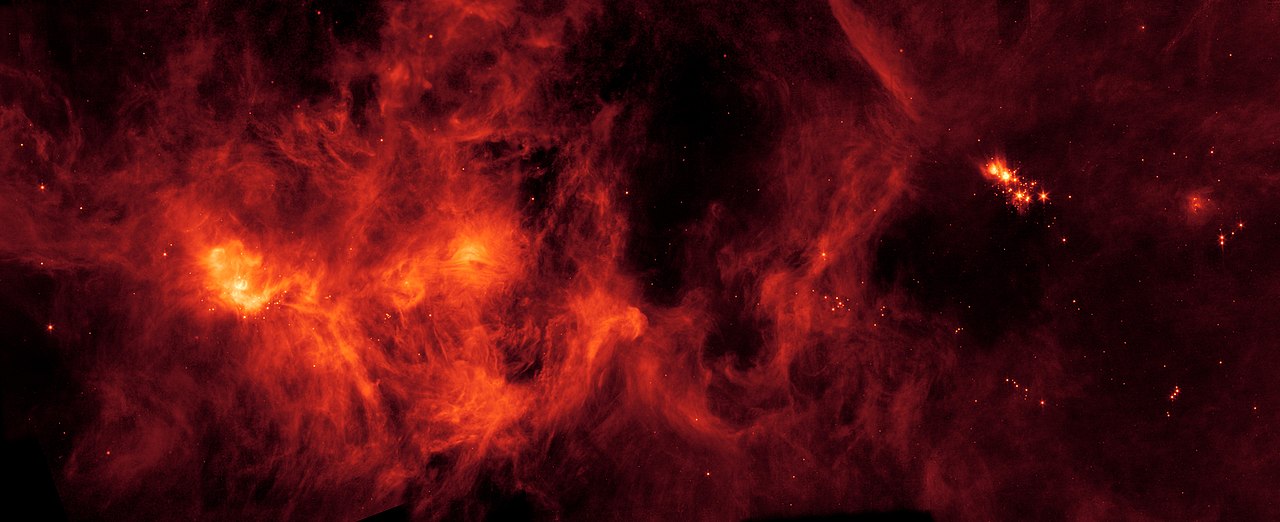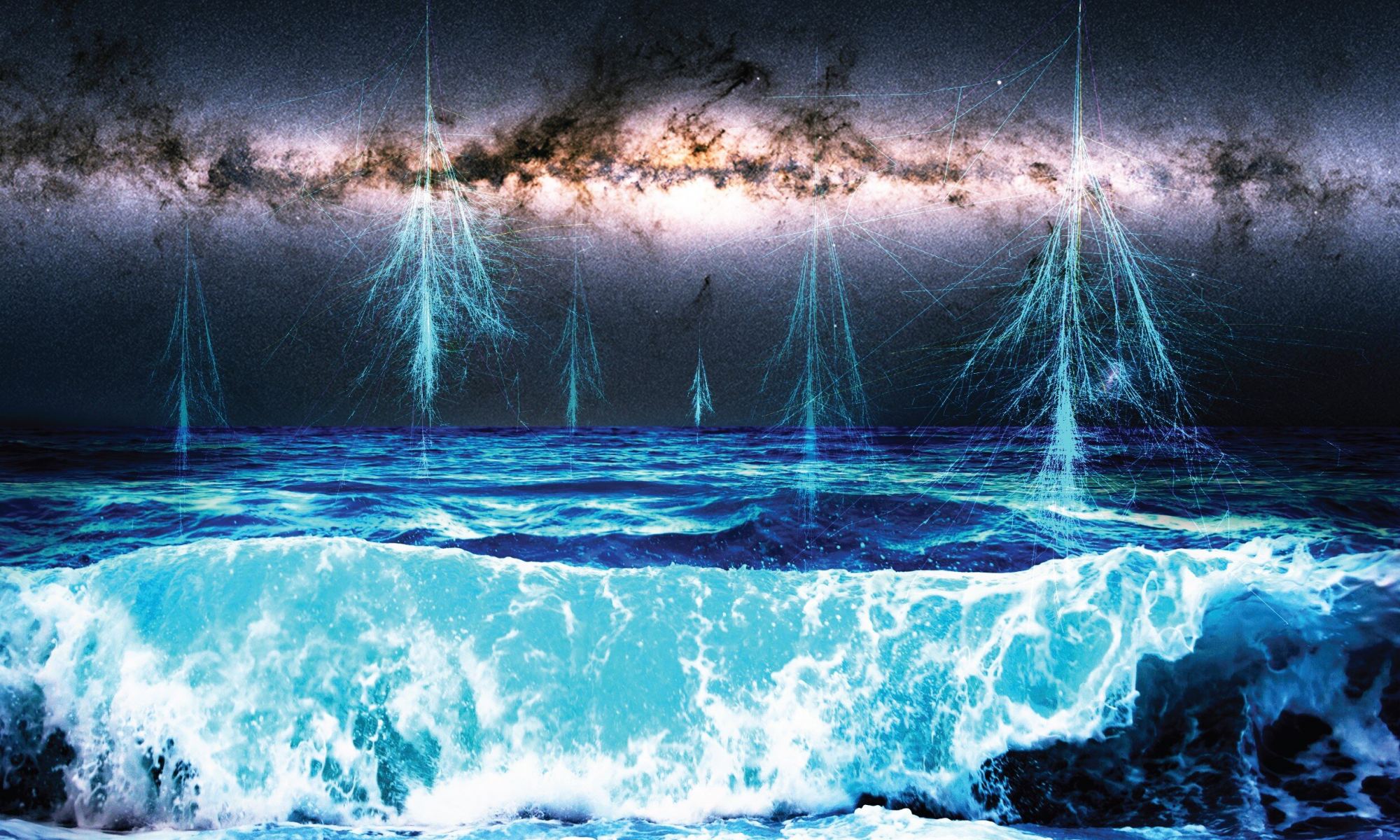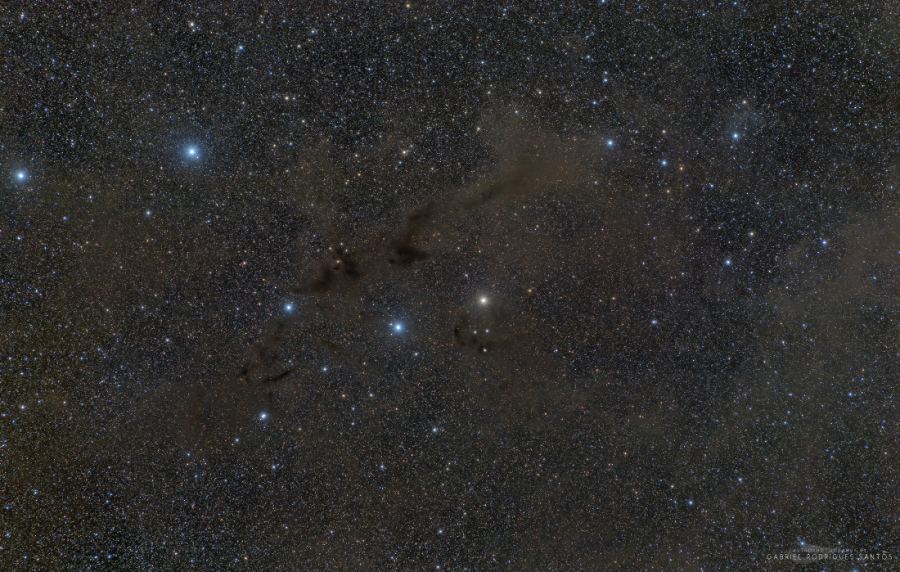Recently I wrote about the discovery of a hycean world. A potentially habitable exoplanet with a deep warm ocean and thick, hydrogen-rich atmosphere. Such planets are thought to be somewhat common orbiting red dwarf stars, and they are an excellent candidate for life. While it’s an exciting discovery, buried in the research article was something even more exciting. Tentative evidence of a biosignature, hinting at the presence of life. You can guess which discovery started making headlines. But have astronomers really found life on another planet?
Continue reading “Has the First Biosignature Been Found on an Exoplanet?”Has the First Biosignature Been Found on an Exoplanet?
